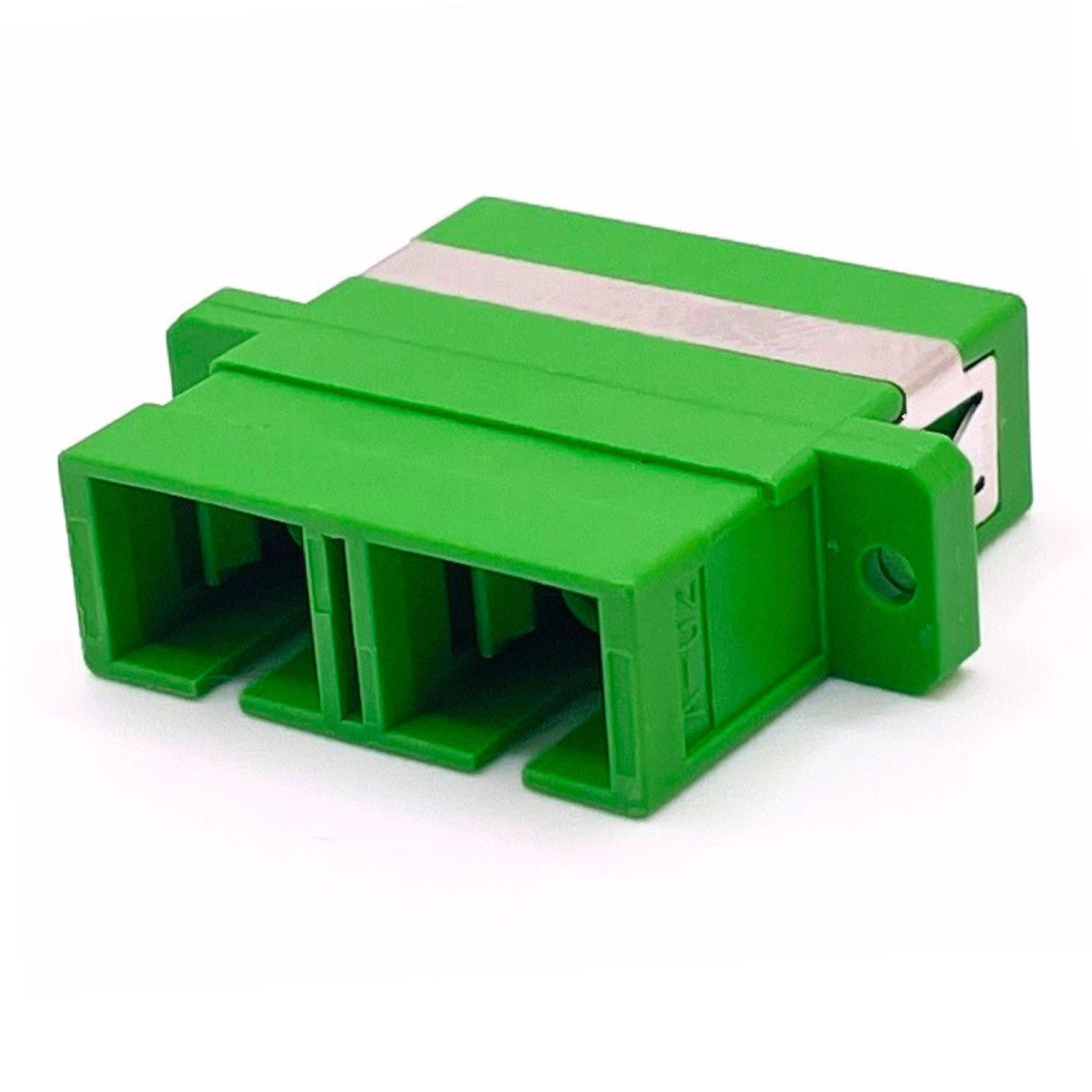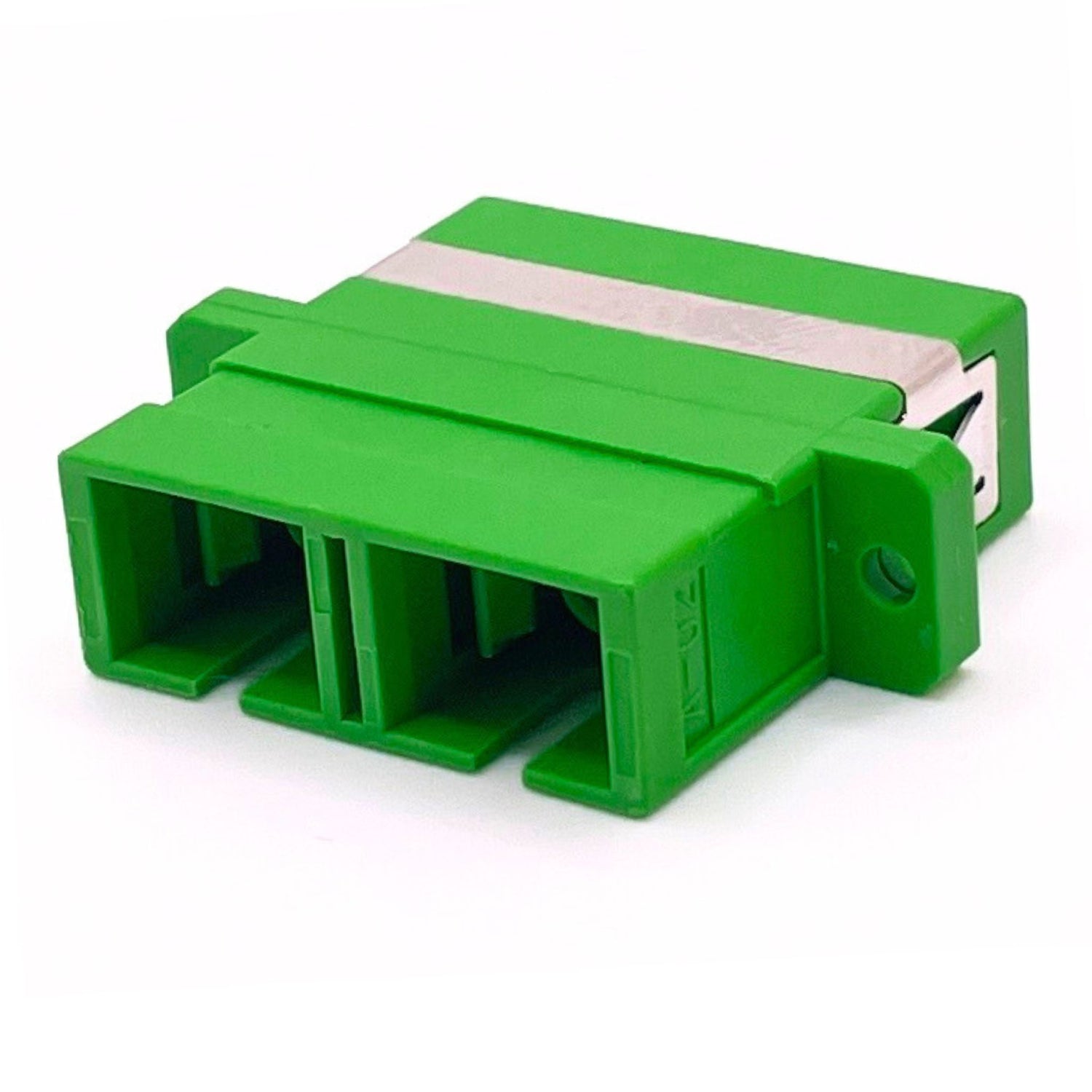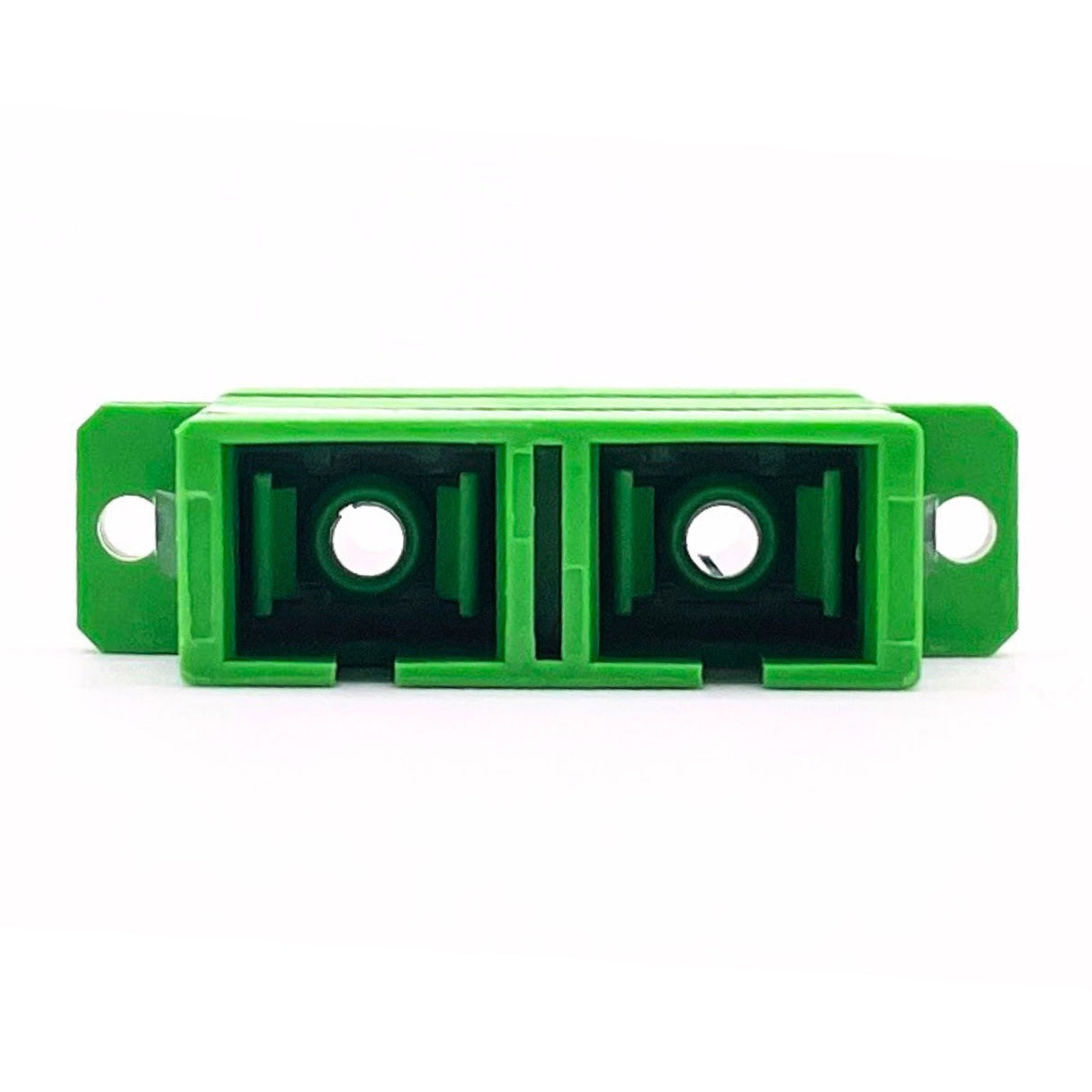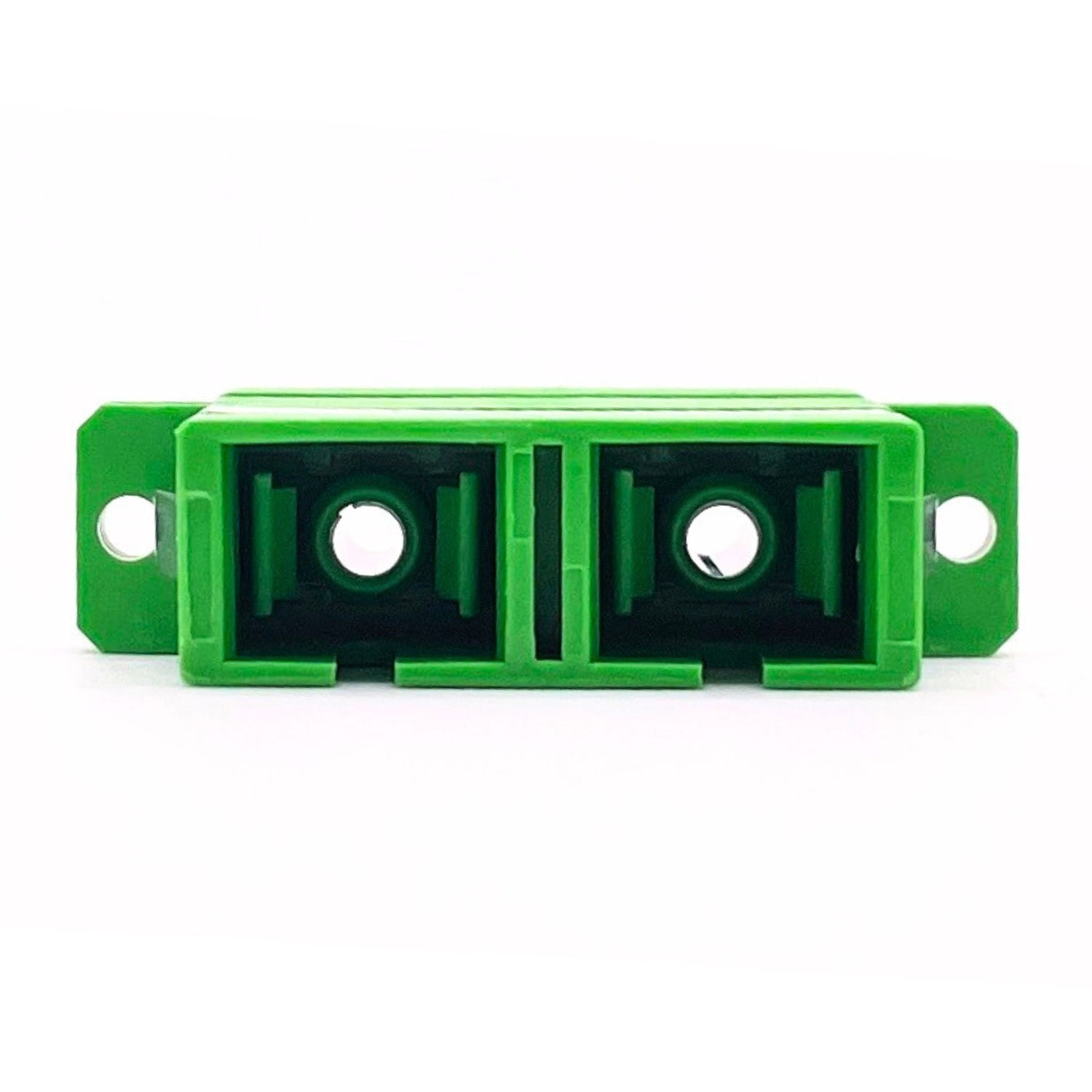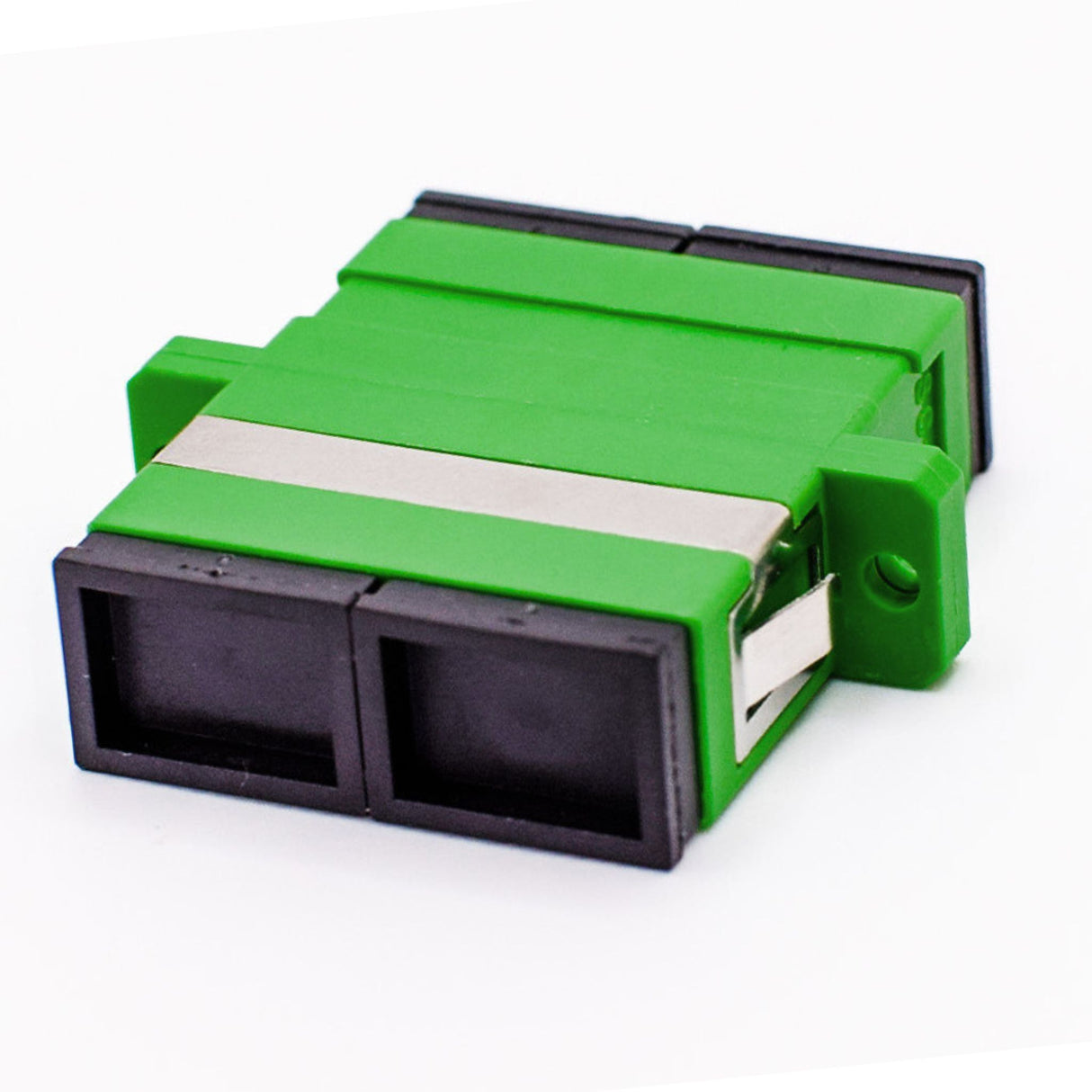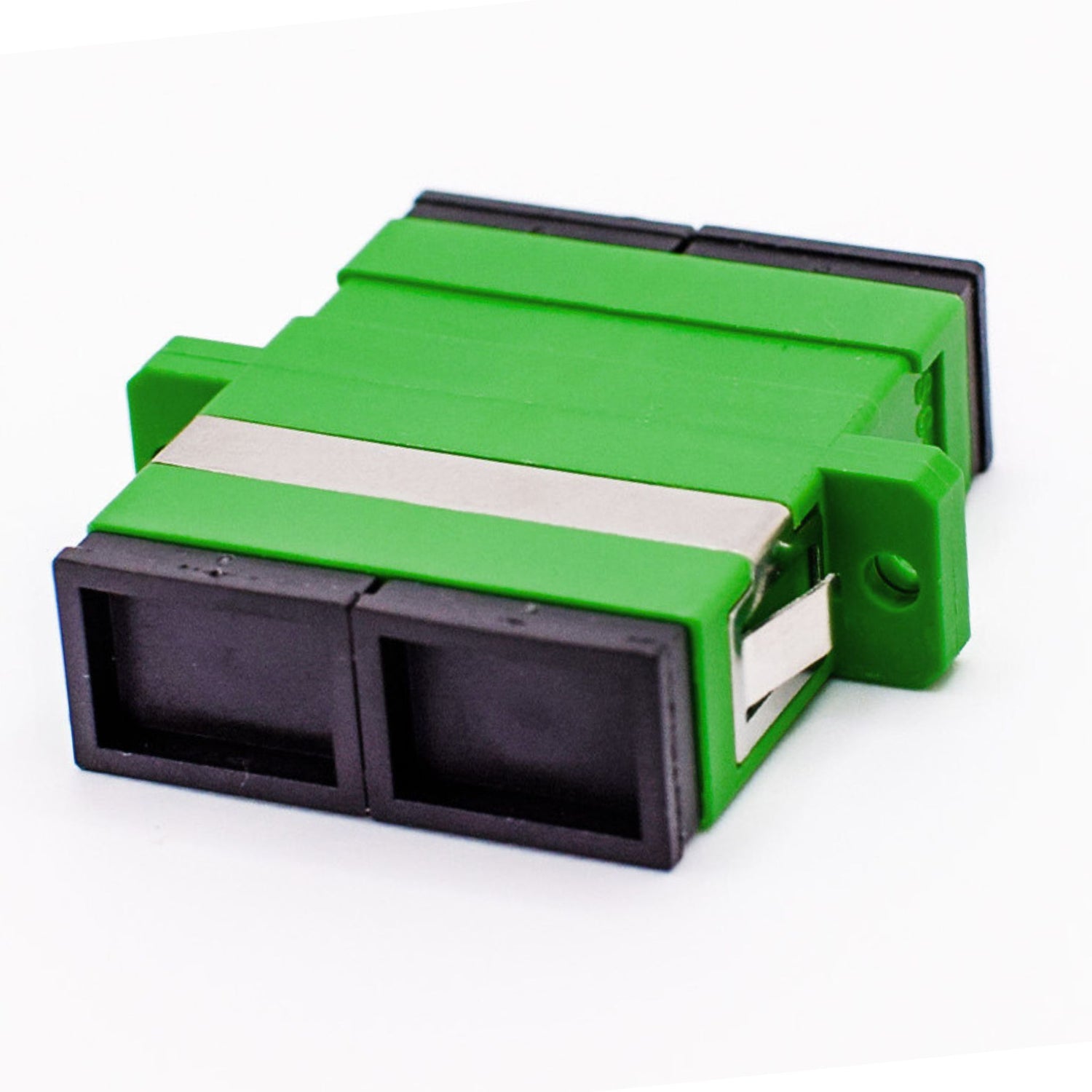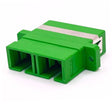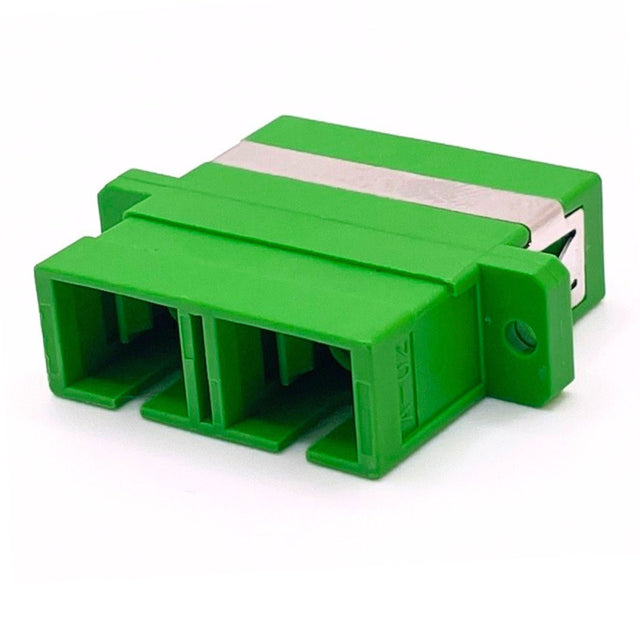SC/APC to SC/APC Duplex OS2 Single Mode Fiber Optic Coupler with Flange
SC/APC to SC/APC Duplex OS2 Single Mode Fiber Optic Coupler with Flange is backordered and will ship as soon as it is back in stock.
Couldn't load pickup availability
Support You'll Love
Support You'll Love
We stand behind all of our products
Delivery and Shipping
Delivery and Shipping
Fast Shipping. Most in-stock orders ship same day. We know you need your products to stay connected.
Need Custom Cables?
Get a quote using our custom assembly cable calculator.
Description
Description
SC/APC to SC/APC Duplex OS2 Single Mode Fiber Optic Coupler with Flange
The Weltron® SC/APC to SC/APC Duplex OS2 Single Mode Fiber Optic Coupler with Flange is built for high-precision, low-loss connectivity across long-distance optical networks. Designed for critical systems, this coupler enhances performance and reliability in telecom and enterprise environments.
Its robust flanged housing provides secure installation within fiber patch panels or distribution frames, ensuring consistent performance even in dense rack setups. The SC/APC interface supports accurate alignment for optimized signal transmission with minimal insertion loss.
Key Features
- Connector type: SC/APC to SC/APC
- Duplex configuration for dual fiber support
- Optimized for OS2 single-mode applications
- Flanged design for secure panel mounting
- Low insertion loss and high return loss
- Compatible with standard SC/APC connectors
- Ideal for telecom, data center, and enterprise use
Frequently Asked Questions
What type of fiber is compatible with this coupler?
This coupler is designed for OS2 single-mode fiber, commonly used in long-distance and high-speed network applications.
Does the flanged design help with installation?
Yes, the flanged design ensures a secure fit into patch panels and enclosures, providing stability and reducing the chance of disconnections.
Is this coupler suitable for duplex connections?
Absolutely, it supports duplex connections, allowing simultaneous bidirectional communication through two fibers.
Can this be used in high-density networking environments?
Yes, its compact and secure design makes it ideal for high-density environments like server racks and network distribution frames.
How does it perform in terms of signal loss?
It provides low insertion loss and high return loss, ensuring stable and reliable signal transmission over long distances.

